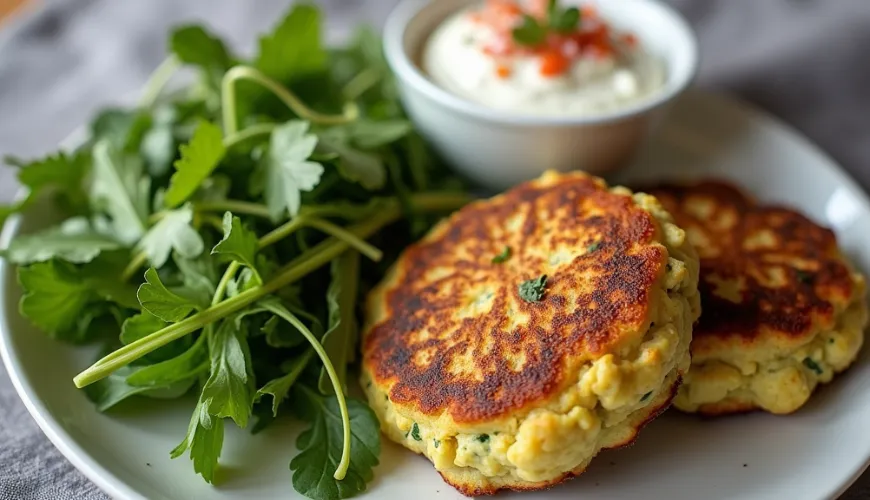
Discover the Magic of Shashlik and Everything the World of Grilling Has to Offer

Shashlik - A Fragrant Journey to the Caucasus That Begins on the Grill
The aroma of smoke, juicy meat, simple ingredients, and long evenings by the fire—all evoke shashlik, a dish that has become a symbol of Caucasian hospitality and the art of grilling. Although it has roots deep in history and various cultures, today shashlik is beloved worldwide, and few meat lovers would pass it up. But what is the secret of authentic shashlik, and how does the Georgian version differ from the others?
Shashlik as a Way of Life—Not Just a Dish
The origin of the word shashlik traces back to the Turkic language, where “shyshlyk” means “on a skewer.” And it is precisely on the grill, or rather on a skewer, that this dish is prepared. Over the centuries, shashlik has evolved in various regions of the Caucasus, Central Asia, Russia, and the Middle East. Each region has added its own flavor, spices, and approach—resulting in a range of variants connected by a single principle: well-marinated meat grilled over an open fire.
While in the Czech Republic, it is often confused with a regular skewer or ražničí, shashlik has its own specifics. The key is the marinade, patience, and grilling over charcoal or an open fire, which imparts an unmistakable flavor to the meat. It’s not just about the cooking technique—in Caucasian cultures, shashlik is a social event. People gather around the grill, chat, drink wine or tea, and share time. The preparation of the dish is a ritual that strengthens relationships.
What Does Authentic Shashlik Taste Like?
There are countless shashlik recipes, but when it comes to authentic shashlik, a few rules apply almost universally. Meat with a higher fat content is used—typically pork neck, lamb leg, or beef neck. This choice is not accidental; during grilling, the fat helps keep the meat juicy while creating a crispy surface.
The marinade is the second most important part. It varies across regions, but a basic authentic shashlik recipe often includes onions, vinegar, oil, pepper, and salt. Sometimes kefir, wine, pomegranate, or sour cream is added. Marinating time ranges from a few hours to overnight—the longer, the better. Onions not only season the meat but also help tenderize it with their enzymes.
For example, in Georgia, where the popular Georgian shashlik originates, dry red wine is often used as the base of the marinade. Herbs like coriander, basil, paprika, or chili peppers are added. This results in a flavorful, aromatic dish that is perfect with fresh bread and pomegranate chutney.
In practice, shashlik might taste slightly different each time, but a good recipe and quality ingredients consistently lead to a similar result: juicy, aromatic, and grilled meat that melts in your mouth.
Recipe for Authentic Georgian Shashlik
To enjoy the authentic taste of shashlik at home, you don’t need to travel to the Caucasus. Simply get quality meat, marinate it properly, and have a bit of patience. This proven Georgian shashlik recipe brings all the essential flavors that make this dish beloved.
Ingredients:
- 1.5 kg pork neck (lamb or beef can also be used)
- 3–4 onions (sliced into rings)
- 200 ml dry red wine
- 2 tablespoons of wine vinegar
- 2 tablespoons of oil (preferably sunflower)
- Freshly ground pepper, salt to taste
- 1 teaspoon of ground paprika (sweet or hot)
- 1 teaspoon of dried coriander
- Optional: chopped garlic, chili pepper, thyme, or a pinch of cumin
Instructions:
- Cut the meat into larger cubes (approximately 4x4 cm).
- Mix the meat with onions, wine, oil, vinegar, and spices. Let marinate ideally overnight in the refrigerator (at least 6–12 hours).
- Then skewer the meat on metal or wooden skewers (we recommend soaking wooden ones beforehand).
- Grill over hot charcoal or an open fire. Turn regularly to ensure even cooking. The grilling time is approximately 15–20 minutes, depending on the size of the cubes.
- Serve with fresh vegetables, bread, or traditional pomegranate chutney and herbs.
It’s fascinating how simple ingredients can create something so irresistibly tasty. When you imagine a garden, friends, and a summer evening, shashlik becomes not just a dish but an experience.
Why Does Shashlik Taste Better Over Fire?
Those who have tasted shashlik prepared over charcoal will find it hard to settle for a version from an electric grill. The fire imparts a smoky aroma to the meat that cannot be replicated. The natural burning of wood also brings caramelization to the meat's surface—the very “crispy crust” that makes each piece irresistible.
In some regions, specific types of wood are even used to affect the final result. For example, in Georgia, grapevines or plum tree wood are often used. The flavor of the meat becomes even more refined and unique.
An experienced grilling master might say: “The most important thing about shashlik is the fire, not the meat.” And while that might be an exaggeration, there’s some truth to it. A good shashlik is not just a matter of recipe, but also of emotions, atmosphere, and preparation method.
What to Serve with Shashlik and How to Eat It?
Traditionally, shashlik is served with fresh vegetables, bread types like lavash or pita, pickled onions, and simple sauces. In Georgia, pomegranate chutney or spicy tomato and pepper sauces are popular. In Russia or Armenia, shashlik is often paired with beer or dry red wine.
The rule of simplicity applies when serving. The beauty of shashlik lies in the fact that it doesn’t need complex side dishes or elaborate seasoning. It’s perfect for summer barbecues, birthday celebrations, or as the main course for a picnic in nature.
One family in Kutaisi, Georgia’s second-largest city, prepares shashlik every Sunday. Children help with meat preparation while adults tend the fire and mix homemade sauce. It’s grilled on an old steel grate that has seen hundreds of Sunday afternoons. When the meat is ready, they sit in the garden, eat with their hands, drink wine, and tell stories. It’s not just food—it’s a way to be together.
And that’s the magic of shashlik. Not only does it taste absolutely fantastic, but it brings people together, awakens the senses, and reminds us that the best moments often come when we stop and enjoy them fully. The scent of wood, the crackling of fire, and a juicy piece of meat on a skewer—that is shashlik.

